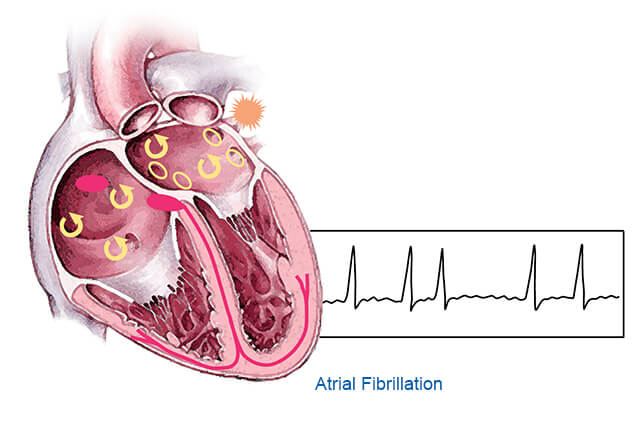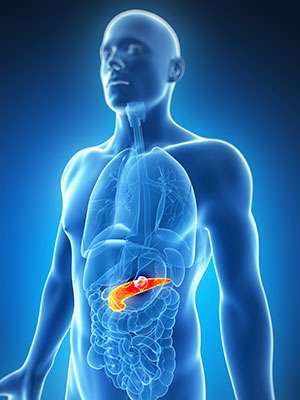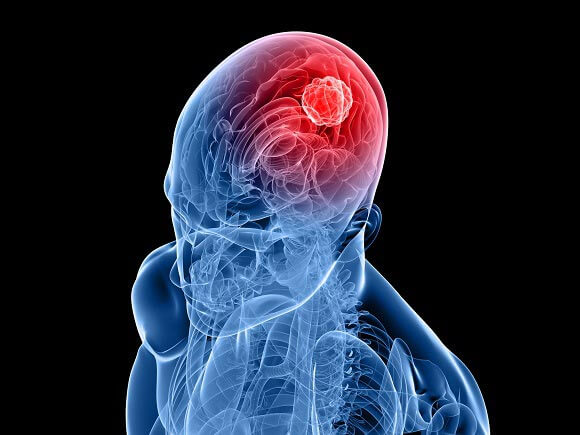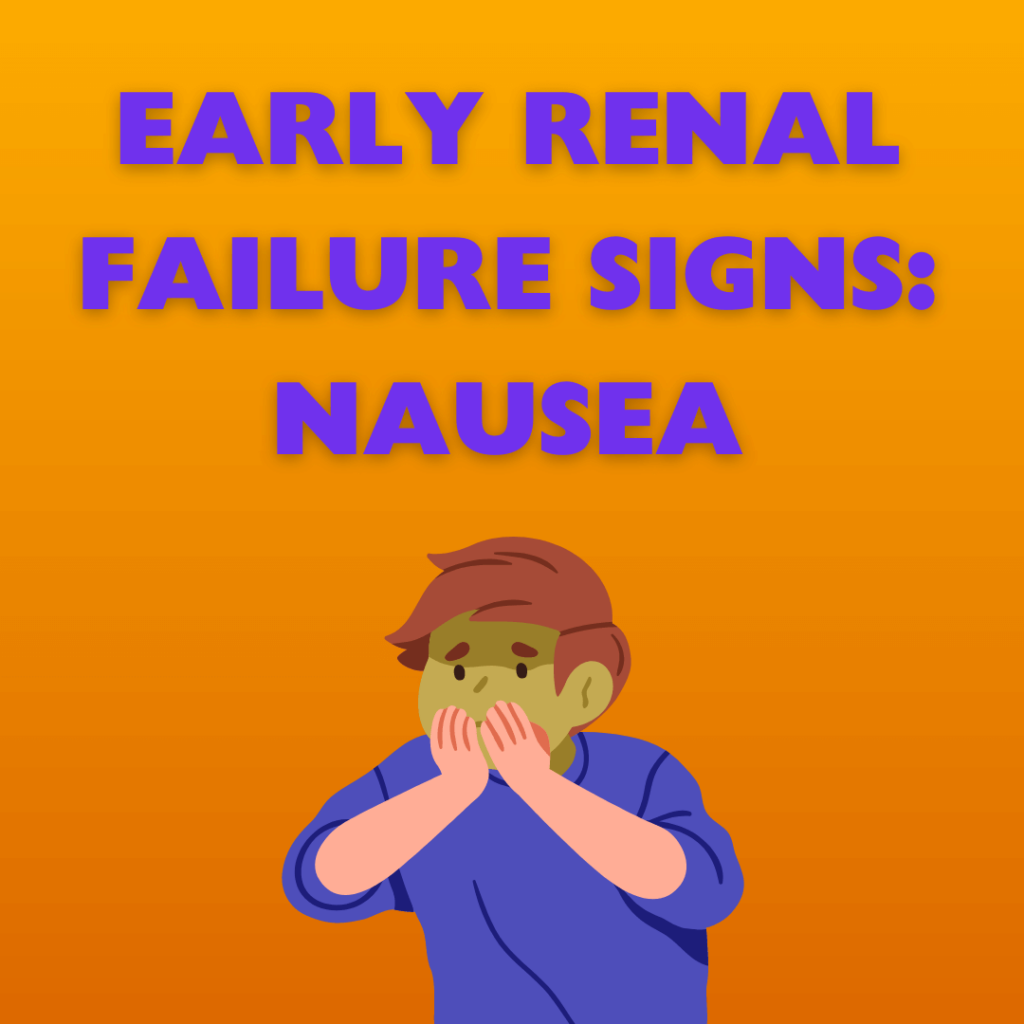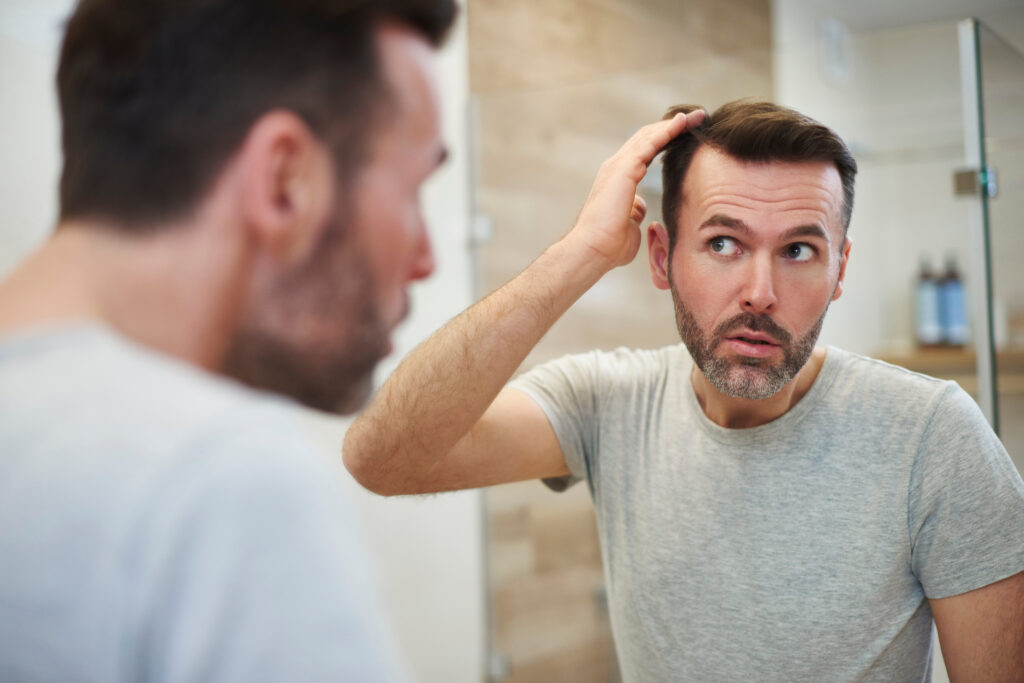
Many hair loss treatments are available, including over-the-counter products and prescription medicines. Some, like finasteride (Rogaine) and dutasteride (Avodart), can reduce baldness.
If you have patchy hair loss, your dermatologist may recommend corticosteroid medications that suppress your immune system. These drugs help treat autoimmune diseases such as alopecia areata and telogen effluvium.
Topical Minoxidil
Minoxidil is one of the most popular hair loss treatments worldwide. It is available as a topical solution or foam for both men and women. It is FDA-approved for androgenetic alopecia in men and alopecia areata in women, and is used off-label to treat telogen effluvium, beard enhancement, chemotherapy-induced alopecia, and alopecia areata1.
It is important to note that it takes two months or more of twice-daily applications to see results from this drug2.
Some common side effects associated with the use of this medication include scalp irritation and itching. If you experience these symptoms, you can try using a moisturizing shampoo or reducing the frequency of application. Additionally, some patients may experience a change in hair color or texture. If you notice this, contact your doctor right away.
Oral Minoxidil
In the 34 years since it was first approved for hair loss, topical minoxidil solution branded as Rogaine has become a household name and effective treatment. However, oral minoxidil is gaining in popularity as well and has been shown to be just as effective at low doses when used for off-license hair loss treatments.
Originally developed to treat high blood pressure, researchers discovered that a side effect of higher-dose oral minoxidil was that it promoted hair growth. At lower doses, it’s been found to strengthen hair follicles for thicker and fuller growth.
One potential drawback of oral minoxidil is that it can also stimulate unwanted hair growth in other parts of the body, a condition known as hypertrichosis. That’s why it should only be taken at low doses under the supervision of a hair loss expert.
Hormone Therapy
Hormone therapy can treat some causes of hair loss, especially in women. It is used to ease the symptoms of menopause and perimenopause, including hot flashes and night sweats. It can also reduce thinning by lowering estrogen levels and blocking the effects of estrogen on breast tissue. It is not known whether these drugs cause hair loss, but some people do notice that their hair follicles stop growing or become thinner while taking them.
Some autoimmune diseases can speed up hair loss, such as tinea capitis (scalp ringworm). Corticosteroid medications suppress the immune system to allow the scalp to heal. These are available as topical solutions or injections and require a prescription. Platelet-rich plasma (PRP) is an emerging treatment that involves drawing blood, separating the plasma, and injecting it into several areas of the scalp. It is still experimental, but some dermatologists believe it may help with hair loss.
Hair Transplantation
Hair transplantation is a surgical procedure that moves protected hair and hair follicles from areas of dense hair (the back or sides of the head) to bald or thinning areas. Hair transplantation is very effective for men and women with patterned hair loss. Unlike other methods of hair restoration, the hair and follicles transplanted grow for the rest of your life, providing a natural-looking result.
Your surgeon uses local anesthetic to numb the scalp before harvesting a strip of hair-bearing skin from the back or side of your scalp and suturing it closed. The surgeon then divides the strip into tiny grafts and places them in holes or slits on the scalp. Using the follicular unit strip surgery technique, your doctor can place up to 500 grafts in one session.
Low-Level Laser Therapy
Low-level laser therapy (LLLT) is a treatment that uses red or near-infrared light to heal damaged cells. When used on the scalp, LLLT stimulates hair growth and strengthens existing hair follicles. It is painless and has no side effects when performed by Dr. Bapna.
Hair loss in men & women is often caused by testosterone that turns into dihydrotestosterone (DHT). LLLT can help reduce DHT and promote healthy hair growth. It can also be used in combination with PRP treatments for hair restoration. Low-level laser therapy is sometimes referred to as cold laser therapy, photobiomodulation or soft laser biostimulation. It is an FDA-approved alternative therapy. Studies show that LLLT can significantly improve hair growth and thickness. It is a quick & easy treatment to receive in-clinic or at home using a small handheld device.

